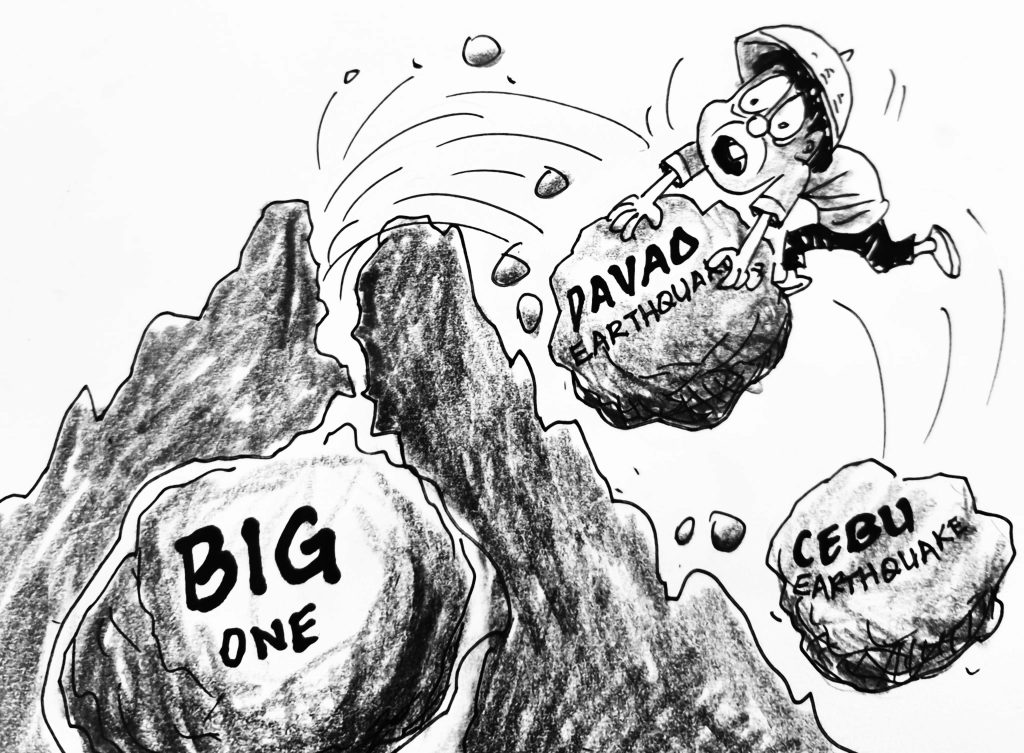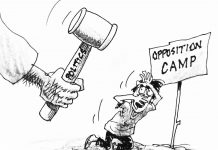The recent series of strong earthquakes across the Visayas and Mindanao should awaken the nation to a grim reality long ignored—the looming threat of the “Big One.” These tremors are not random occurrences but warnings that the earth beneath us is restless, and complacency could be fatal. It is time to confront this danger with the seriousness it demands.
In just one week, Cebu was struck by a magnitude 6.9 earthquake, followed by a more powerful 7.6 magnitude quake that hit the southern Philippines on October 10. The proximity of these events, both in geography and time, reveals a disturbing pattern. They remind us that the Philippine archipelago sits on the Pacific Ring of Fire, crisscrossed by active fault lines capable of unleashing catastrophic destruction. Eastern Visayas, in particular, lies on one of these fault systems—the Philippine Fault Zone—where seismic energy constantly builds up, awaiting release. To dismiss these events as isolated incidents is to ignore the hard lessons of science and history.
The term “Big One” is not a myth invented to stir fear; it is a scientific projection grounded in geological studies. Experts have long warned that specific fault lines, including those running beneath Leyte, Samar, and across Metro Manila, are due for significant movement. Past disasters—such as the 2013 Bohol earthquake and the 1990 Luzon quake—proved that the scale of damage and loss depends on the earthquake’s strength and human preparedness. Yet, despite repeated warnings, many communities remain unprepared, their infrastructures weak, their evacuation plans outdated, and their citizens unaware of what to do when the ground shakes.
Relying on faith or fatalism, as if earthquakes were beyond the realm of human responsibility, is not enough. Preparedness is not merely a government duty; it is a collective obligation. Local governments must ensure that public buildings, schools, and hospitals meet seismic standards. The education sector must integrate earthquake awareness and safety drills into regular instruction. Communities must organize disaster-response teams, stockpile emergency supplies, and conduct realistic drills rather than ceremonial ones. The capacity to survive depends on foresight and discipline, not on luck.
The call of the hour is vigilance. Local governments must revisit disaster-risk management plans, strengthen public infrastructure, and intensify awareness campaigns. Scientists and engineers must be given the platform and the resources to monitor and disseminate timely information. Above all, people must learn to take warnings seriously, not as distant possibilities but as imminent threats. The “Big One” will come—not if, but when—and the only defense against it is readiness grounded in science, coordination, and the political will to act before tragedy strikes.




